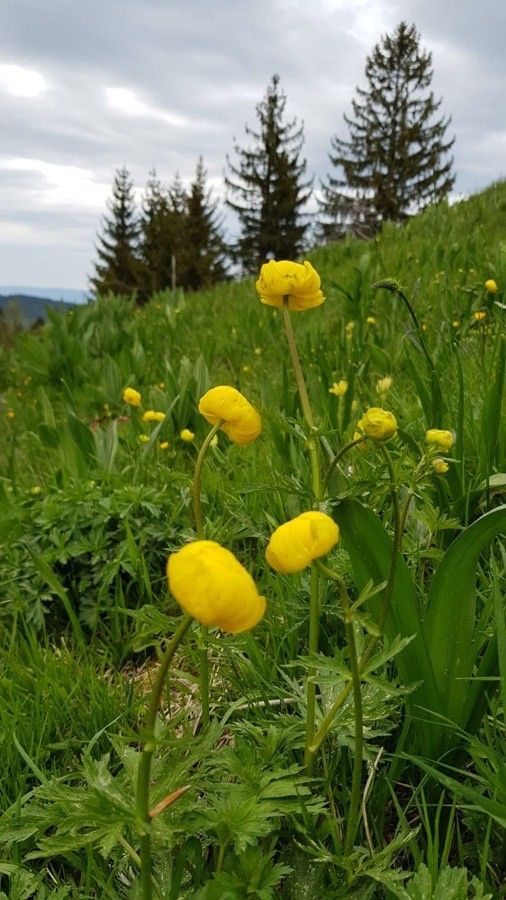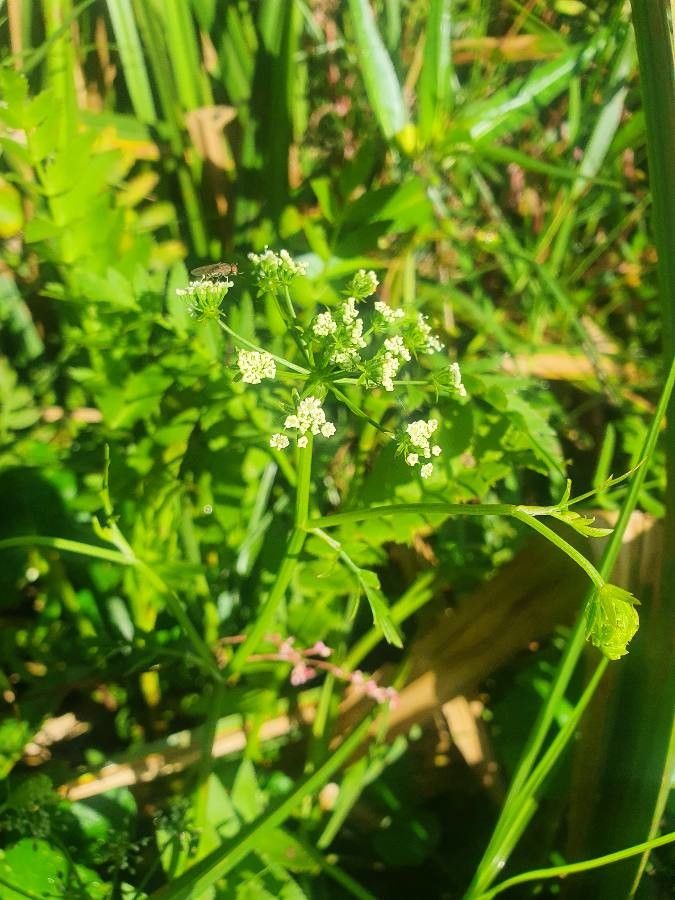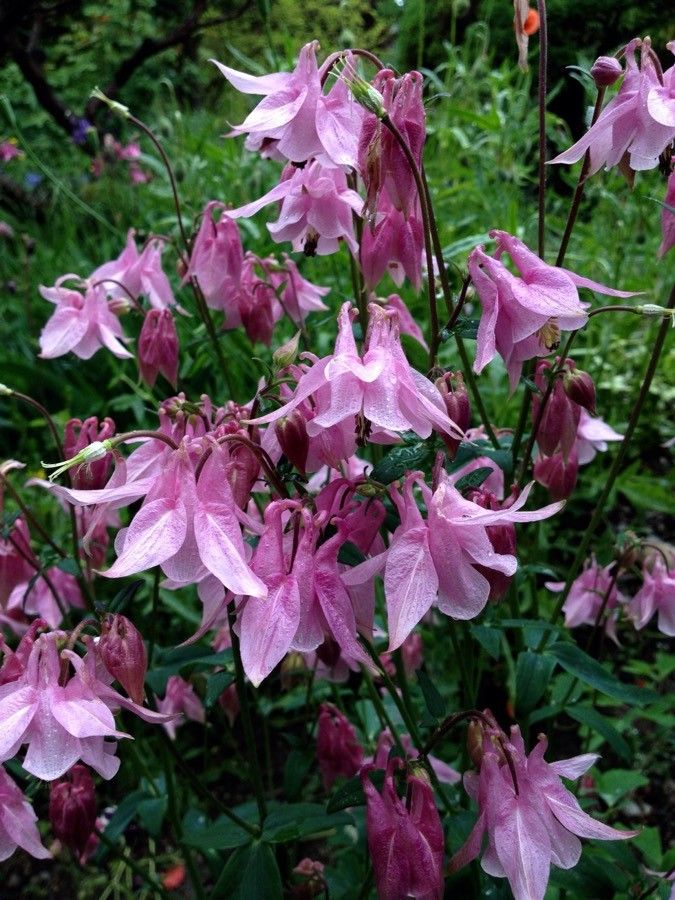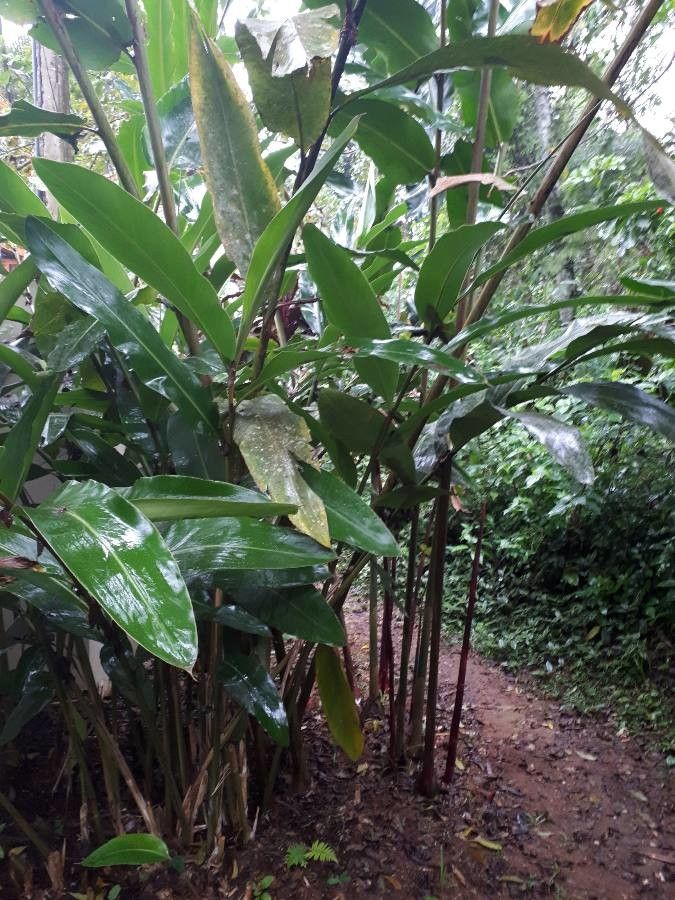## Globeflower: A Jewel of the Garden
The Globeflower (Trollius), a captivating member of the Ranunculaceae family (better known as the buttercup family), is a prized perennial boasting vibrant, globe-shaped blooms. Its striking beauty and relatively low-maintenance nature make it a popular choice for gardeners worldwide. These aren't your typical, delicate garden flowers; Globeflowers possess a certain robustness and charm that stands out in any landscape.
### Habitat and Growth
Native to damp meadows and stream banks across the Northern Hemisphere, Globeflowers thrive in cool, moist conditions. They're particularly well-suited to bog gardens or areas with consistently moist soil. While they can tolerate some sun, they prefer partial shade, especially in hotter climates. Avoid planting them in areas with intense afternoon sun, which can scorch their delicate foliage.
### Soil Needs
Globeflowers prefer rich, moist, and well-drained soil. The soil should be slightly acidic to neutral (pH 6.0-7.5). Adding compost or other organic matter to improve soil fertility and drainage is highly beneficial, mimicking their natural wetland habitat. Poorly drained soil can lead to root rot, so ensure adequate drainage is in place.
### Sun Exposure
Globeflowers favor partial shade or dappled sunlight. Ideally, they should receive morning sun and afternoon shade. In extremely hot climates, even morning sun may be too harsh. Experiment to find the perfect balance of sun and shade for your specific location and microclimate.
### Planting and Care
Globeflowers are relatively easy to grow from seed or by dividing established plants in spring or autumn. When planting seeds, sow them directly outdoors in the fall or start them indoors several weeks before the last expected frost. Ensure the soil is consistently moist but not waterlogged. Regular deadheading (removing spent blooms) will encourage more flowering and prevent self-seeding. While generally pest-resistant, keep an eye out for aphids or slugs that can occasionally cause problems.
### Varieties and Colors
Several Globeflower species and cultivars exist, offering a range of colors and sizes. Common colors include vibrant yellows and oranges, with some offering a subtle mix of both. Some varieties even feature double blooms, adding a touch of extra fluffiness to their already captivating form. Research different varieties to find the perfect fit for your garden's style and color scheme.
### Globeflowers in Garden Design
Their unique appearance and vibrant colors make Globeflowers stunning focal points in any garden design. They complement other moisture-loving plants beautifully and look especially striking near ponds, streams, or in rain gardens. Use them to add a pop of color to shady areas, or plant them en masse for a dramatic display.
Globeflowers are a rewarding addition to any garden, adding a splash of vibrant color and a touch of the wild. With their relative ease of care and stunning beauty, they're a must-have for any gardener who appreciates the charm of a truly unique bloom.
Globeflower: Stunning Ranunculus for Your Garden

Frequently Asked Questions
How do I care for Globeflowers?
Globeflowers need consistently moist, well-drained soil and partial shade. Deadhead spent blooms to encourage more flowering. They are relatively low-maintenance but may need protection from slugs or aphids.
Where can I buy Globeflower seeds?
Globeflower seeds and plants can be purchased from many online retailers specializing in seeds and perennials, as well as from local nurseries and garden centers. Check your local area for availability.


